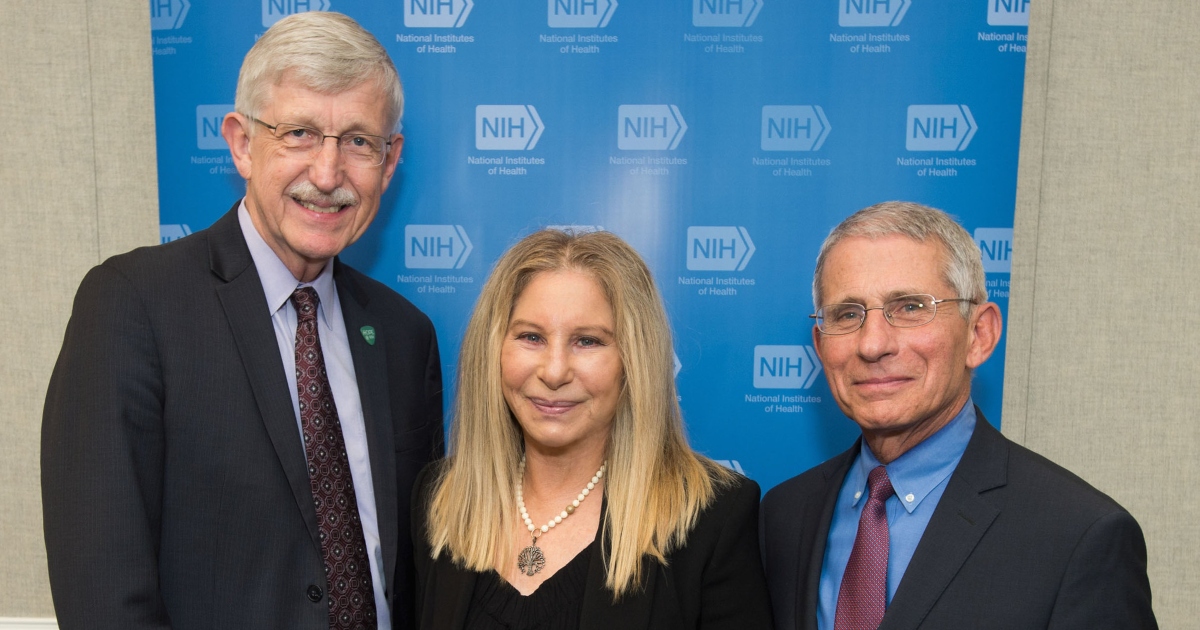TikTok and our Last-Ditch Desperation for Social Mobility
by Charles Hugh Smith, Of Two Minds:

Social media offers hope of achieving higher social status, something that is increasingly out of reach in our winner-take-most economy.
I’ve often addressed the decline of social mobility and the addictive nature of social media, for example, Why Is Social Media So Toxic?
I have long held that the decline of social mobility–broad-based opportunities to get ahead financially and socially–is part of a larger dynamic I call social depression: the social decay resulting from economic stagnation and the decline of social mobility and financial security. America’s Social Depression Is Accelerating.
Japan offers a real-world 30-year lab experiment in the negative social consequences of economic stagnation, a topic I’ve addressed since 2010: The Non-Financial Cost of Stagnation: “Social Recession” and Japan’s “Lost Generations”
The conventional explanation of social media’s addictive hold is that it activates the human brain’s reward circuits much like an addictive drug: in effect, we become addicted to being “liked” and to checking our phones hundreds of times a day to see if we received any “likes”.
FOMO, fear of missing out on some emotion-stimulating “news” or a “like” from someone in our network also feeds the addictiveness.
The innate addictive appeal of social media is pretty clear, but that’s not all that’s at work here. Being social animals, humans naturally seek to identify their status in the pecking order and improve their position by whatever means are available as a way of increasing their reproductive success and their relative share of resources.
Traditional societies were bifurcated into a small elite and a much larger mass of commoners. As a general rule, social mobility was limited to those extraordinary commoners who were especially valuable to the ruling elite as soldiers, scribes, etc.
From its inception in the early 1800s, the American Dream was to acquire the “good life” via mass produced luxury goods via conventional employment or entrepreneurial drive–two avenues available to the masses. This access to the social mobility of higher earnings enabling the purchase of status symbols that boosted one’s social status has been the mainstay of the modern consumer economy.
The downside of mass-produced luxury items (status symbols) is that in a credit-based economy, just about everyone can afford to own them. Thus just about anyone can qualify for a mobile phone plan that offers a status-symbol iPhone as part of the multi-year contract.
As a result, the upper classes have been forced to greater extremes in cost and scarcity to differentiate themselves from the masses. For example, now that exotic travel is a affordable to anyone with credit, travel has little status value, unless it’s extremely costly or difficult to duplicate.
The same is true of the arts and other cultural status markers, along with the traditional markers such as yachts and second (or third) homes.
As the underlying economy has stagnated, access to higher social states via earned income has decayed, and so commoners have been forced to find some other non-financial means to improve their social status.
Social media fits the bill perfectly: it’s essentially free (since everyone has to pay for Internet service anyway) and the only “investment” is in time: time snapping and posting photos on Instagram and Facebook, time posting comments and links designed to attract tribal “likes” and so on.



